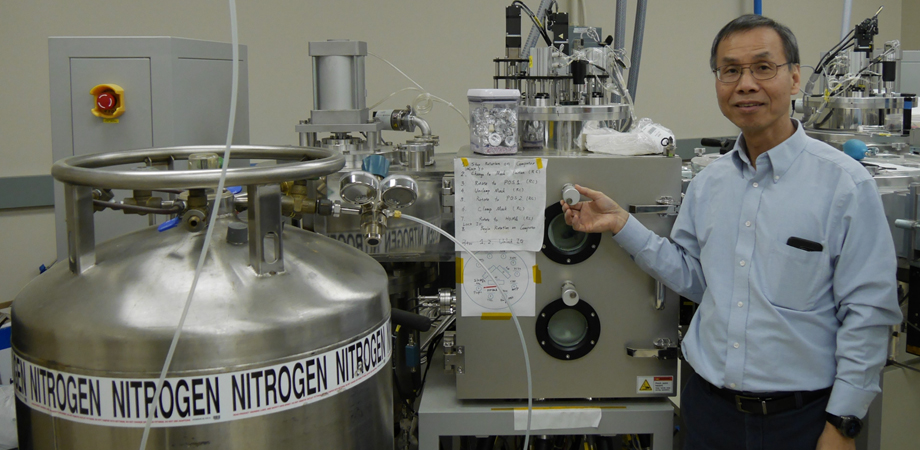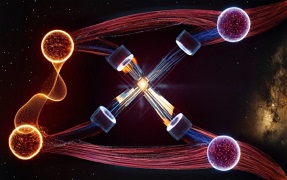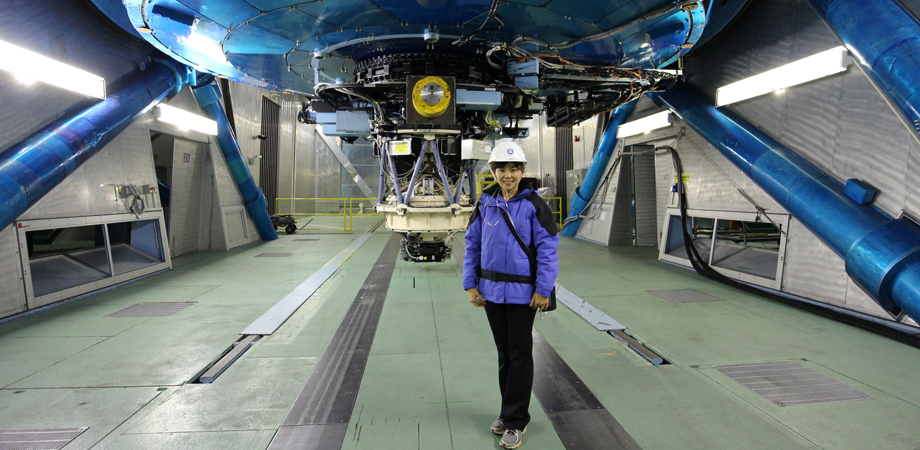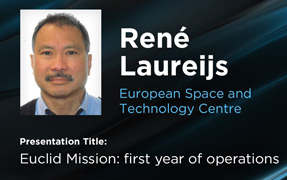Meeting the challenges of OLEDs

Franky So is the Walter and Ida Freeman Distinguished Professor in the Department of Materials Science and Engineering at North Carolina State University. Before entering academia, he was manager of the OLED group at Motorola, where he was named the Distinguished Innovator and Master Innovator; he later became head of OLED Research at OSRAM Opto Semiconductors.
So will be a plenary speaker at SPIE Optics + Photonics, where he will discuss photonics and light manipulation of OLEDs.
You've been working in OLED technology for many years, what initially interested you in OLEDs?
When I first started at Hoechst working on OLEDs 30 years ago, our physicist consultant told me that I was wasting my time. He said that it would never have the lifetime — I took on that challenge. The challenge of OLED lifetime has almost been met — you see commercial products using OLEDs, so definitely they have the lifetime. But there is still a challenge with blue phosphorescent OLEDs, where the lifetime is not quite there. I'm not currently working on this myself, but this is still a major issue to the research community.
Is there a breakthrough moment from that time that stands out for you?
After realizing that organic compounds are not necessarily less stable than inorganics, I recognized it is a solvable problem.
You've worked in both academia and industry. What do you appreciate most about working in each of these areas? What do you see as the major differences?
In industry, I had the opportunity to solve the real engineering problems, such as device operating lifetime. In academia, I have the opportunity to work with young scientists. That is the most satisfying experience. I think the key is to motivate students, to get them interested in the subject. If they are motivated, they will pretty much do things themselves — you don't have to hold their hands.
Also, in academia, I can do anything I want provided that I have the funding to do the work. In addition to OLEDs, I have made done research in quantum dot photodetectors and organic solar cells, and I am now working with optics and photonics in light-emitting devices.
What new developments in your field are you most excited about?
Optics and photonics of OLEDs and related devices.
What is the current state of OLED technology in both research and commercialization?
Today, the major challenge is still with the lifetime of blue phosphorescent OLEDs. The next milestone is how OLEDs can be used in AR and VR displays. This is what I see as the next major application for OLED technology. OLEDs are now being used for display, for mobile devices and TV, so those are already commercialized, so I think the future is going to be in the area of AR/VR.
Your recent work involves a method for using perovskites and OLEDs for photonic devices, potentially AR or VR headsets — what makes OLED technology a good solution for headsets and what are the current limitations?
OLEDs are compact and light weight. With the right optical design, these devices will be ideal for those applications. With the current technology, the optics are too bulky and heavy, so with OLEDs and new innovative optics and photonics, there's the potential that we can significantly reduce the bulkiness and also the weight.
How did you begin working on this project — were you designing a new method with a particular application in mind or was it more fundamental focused research (application pull vs physics push)?
We started by solving a real problem. Initially, we tried to understand the optics of light extraction in OLEDs and developed the tools to do the characterization. Our understanding of the optics enabled us to be more innovative to make new devices and that is fascinating.
Perovskites are becoming commonplace in PV R&D, do you think they will have a similar impact on LED and display technologies?
With prevoskites for LED applications, I see the operating lifetime as the biggest challenge.
What makes perovskites a good material for emitting? What are their drawbacks?
Because of the narrow line emission, the emission colors are saturated, which is good for displays. However, the operating life is the major hurdle.
| Enjoy this article? Get similar news in your inbox |
|



